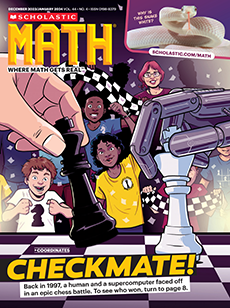Ask students to think-pair-share about what they already know about Pompeii. Then play the video “What You Need to Know About Pompeii.” Afterward, ask students the following comprehension questions:
• What is Pompeii? (a city in Italy that was buried and preserved when the volcano Mount Vesuvius erupted)
• How do historians know so much about Pompeii? (They have found primary sources written about the eruption, such as a 17-year-old’s written account. Archaeologists have excavated the area to find clues about the city and the disaster.)
• How was the buried city of Pompeii discovered? (Workers were digging canals and found painted walls of the city.)
• What other questions would you like to ask an expert about Pompeii? (Answers will vary.)
